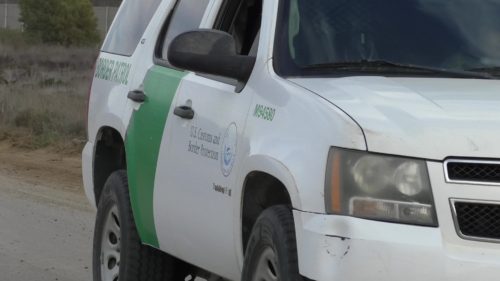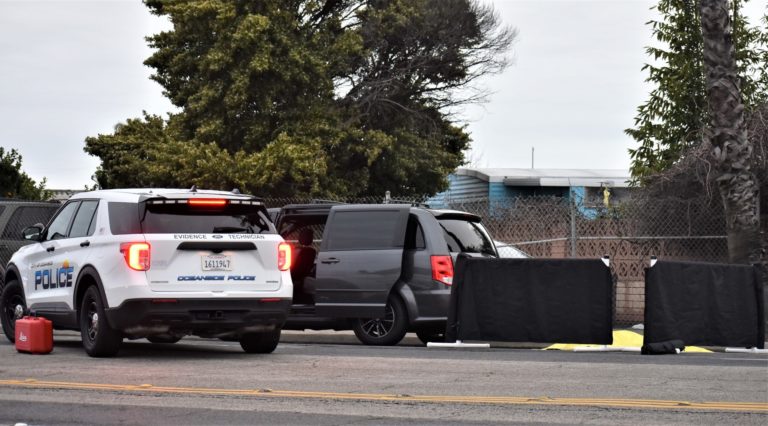U.S. Fish and Wildlife Service proposes federal protections for western pond turtle

By SDCN Editor
Ventura, CA–The U.S. Fish and Wildlife Service today announced a proposal to list both species of western pond turtle, the northwestern pond turtle, and the southwestern pond turtle, as threatened species under the Endangered Species Act.
The Service is also proposing a 4(d) rule, that would support the conservation of both species.
The northwestern pond turtle occurs in Washington, Oregon, Nevada, and throughout much of northern and central California. The southwestern pond turtle occurs in southern California from Monterey County south to Los Angeles, Riverside, and San Diego counties into northern Baja California, Mexico. The turtles use rivers, lakes, ponds, streams other water sources, and terrestrial habitats throughout their lives.
Ongoing threats to both species include worsening drought conditions, habitat loss and fragmentation, and predation by invasive species such as non-native bullfrogs.
“Food, water, and shelter for northwestern pond turtles and southwestern pond turtles are becoming scarce across the western United States,” said Paul Souza, director of the Service’s Pacific Southwest Region. “We are working alongside federal and state agencies and private landowners to implement conservation actions for northwestern and southwestern pond turtles, and we need everyone’s support to help them thrive in the wild.”
The Service reviewed the best available science to evaluate the status of both species by preparing a Species Status Assessment, including information provided by species experts.
The assessment found that although the southwestern pond turtle and northwestern pond turtle are likely to sustain populations in the wild in the near term, both species have an increasing risk of extinction due to population losses, decreased genetic diversity, and a reduced ability to adapt to changing environmental conditions in the next half century, thus warranting listing as threatened under the ESA.
The Service is also proposing a 4(d) rule that allows activities that support the conservation of both species, including wildfire suppression and management, maintenance of existing livestock ponds, habitat restoration, and non-native species removal. The 4(d) rule would allow land managers and others to carry out these activities without the risk of violating the Endangered Species Act on their properties because they are expected to have beneficial or negligible impacts on pond turtles and their habitat.
Ongoing conservation efforts continue to support populations of southwestern pond turtle and northwestern pond turtle in the wild. These include the development of a range-wide management strategy by federal, state, and private partners to guide efforts to enhance, protect, and restore pond turtle habitat; collaboration with military installations to formalize management recommendations on thousands of acres of military land; and development of habitat conservation plans that provide landowners opportunities to assist in conserving the species and their habitats. For example, the state of Washington implemented habitat management and predator control measures while raising northwestern pond turtles in captivity for release into the wild to help boost populations.
The announcement comes as the Department of the Interior celebrates the 50th anniversary of the ESA. The ESA has been highly effective and credited with saving 99% of listed species from extinction. Thus far, more than 100 species of plants and animals have been delisted based on recovery or reclassified from endangered to threatened based on improved conservation status, and hundreds more species are stable or improving thanks to the collaborative actions of Tribes, federal agencies, state and local governments, conservation organizations and private citizens.
The Service will seek public comment on this proposal. The documents will publish in the Federal Register on October 3 opening a 60-day public comment period. The Service will consider comments from all interested parties received by December 4.
The proposal and information on how to submit comments can be found on or after October 3 at www.regulations.gov by searching under docket number FWS-R8-ES-2023-0092.






